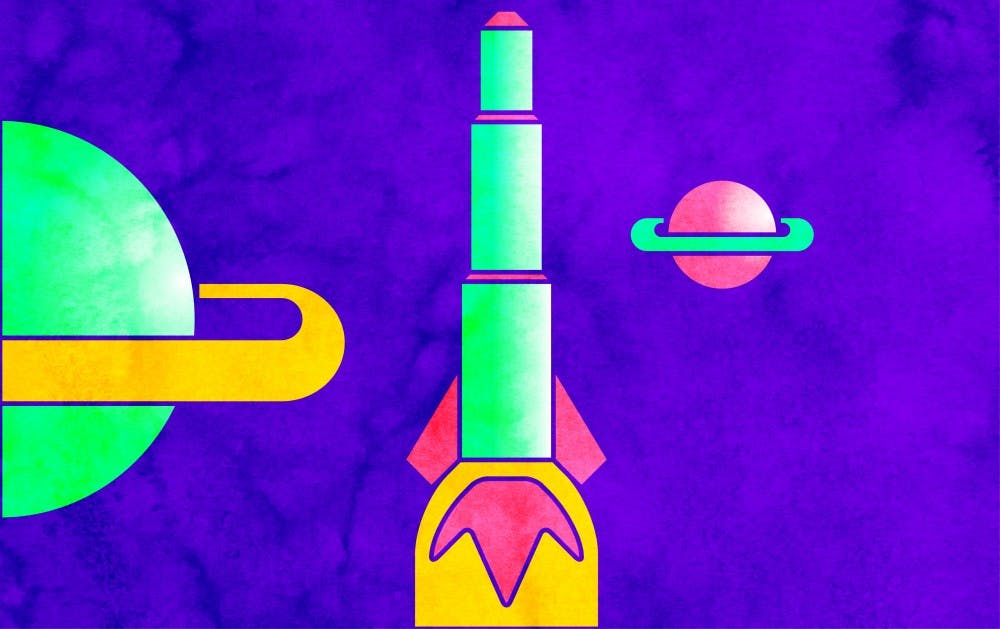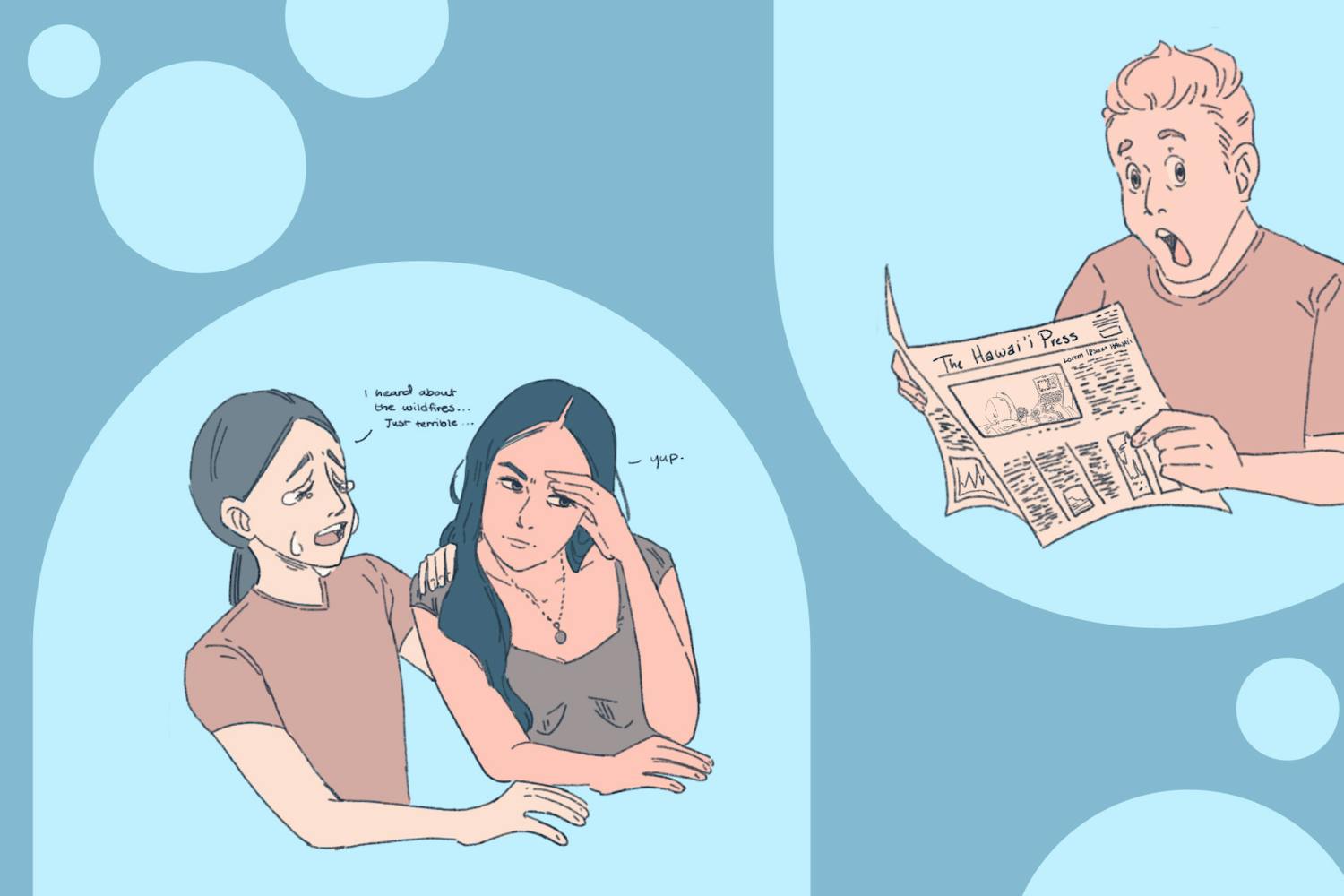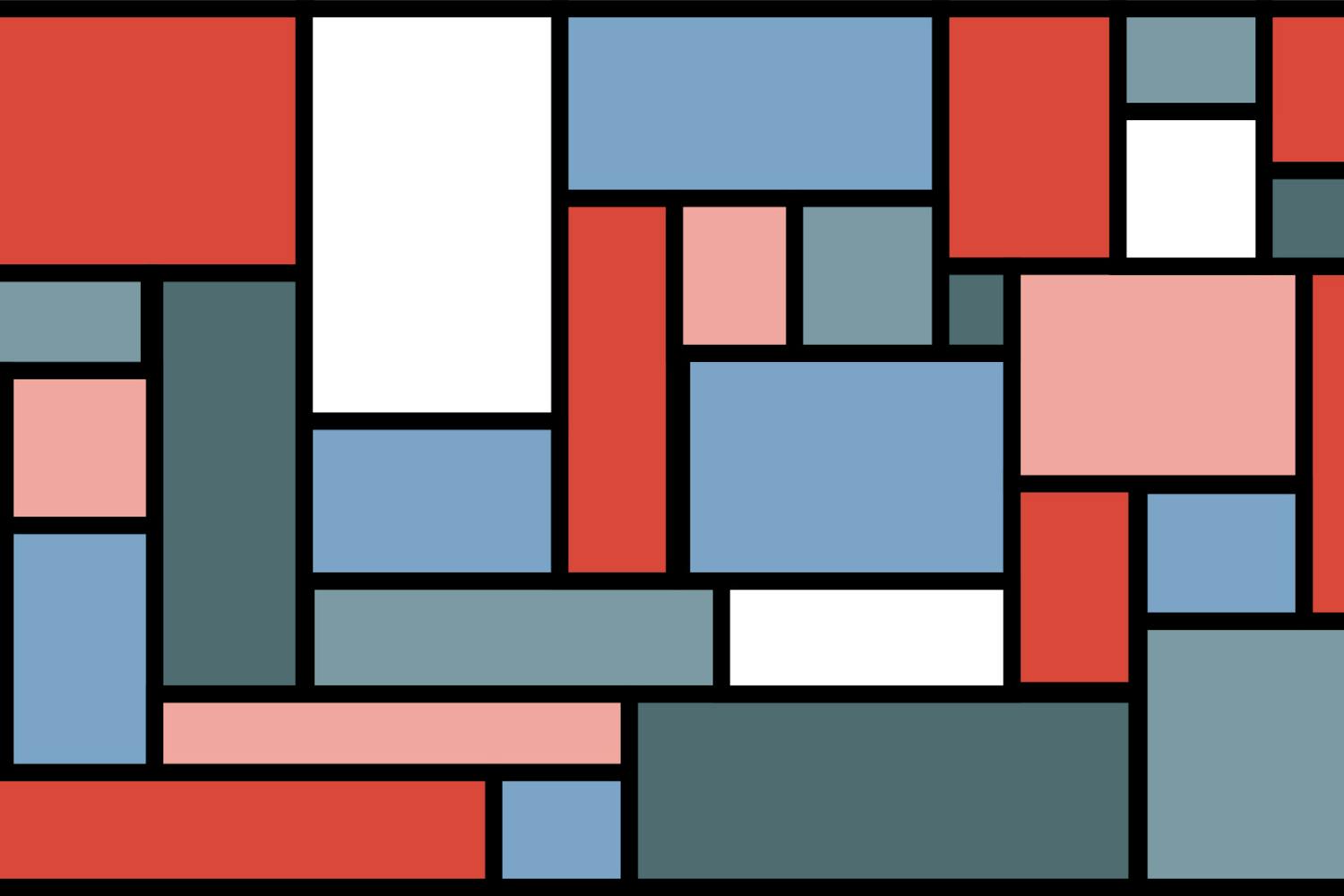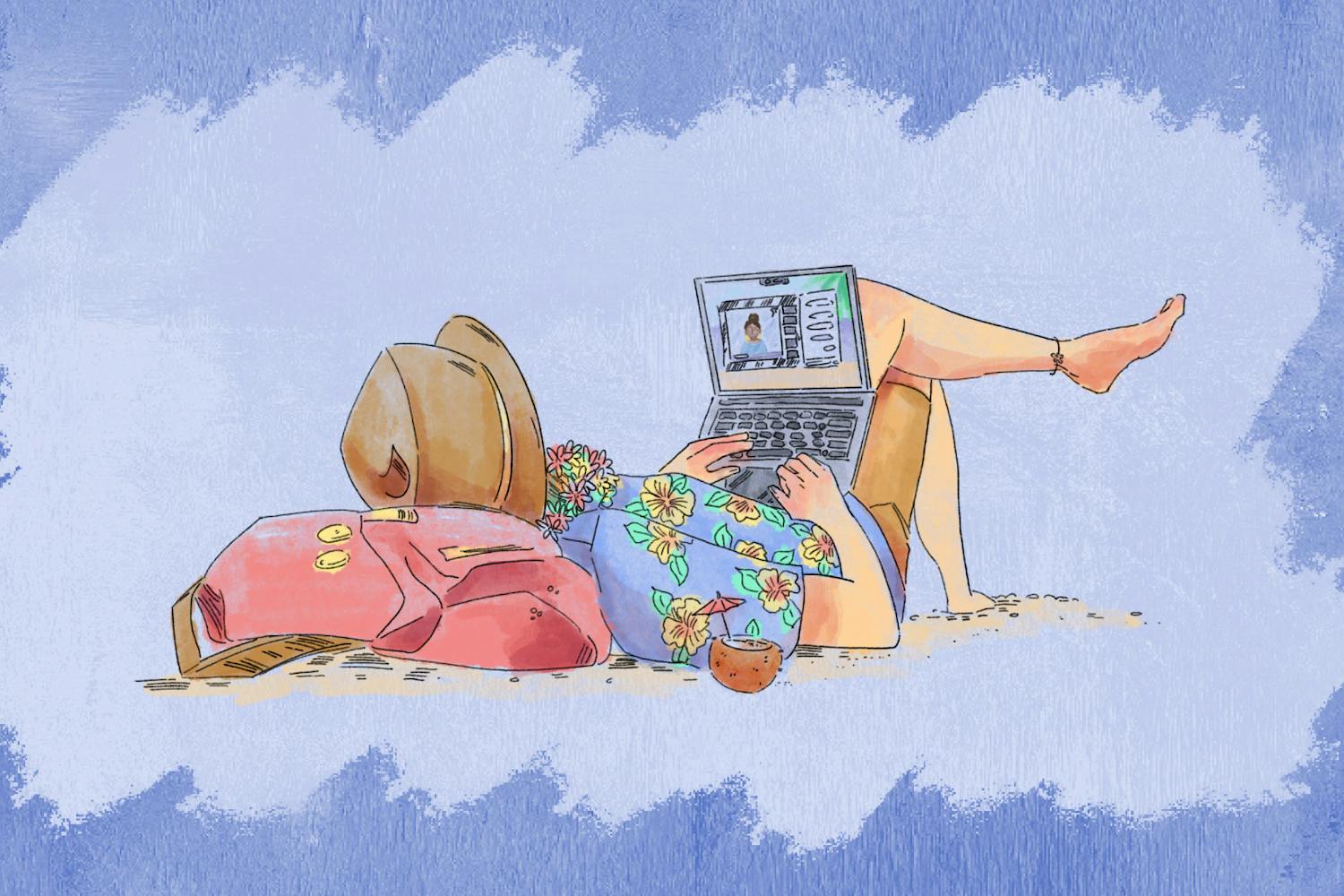Helios Rocketry is an ASU student competition team that began the fall semester of 2018, and the team’s focus is aerospace engineering.
They were accepted in September 2018 to be a part of the Base11 Space Challenge, a $1 million competition for students in the United States and Canada to build and launch a liquid-fueled rocket into space.
Elvis Leon, the CEO of the organization and a technological entrepreneurial management major, started this club in order to compete. Leon said he discovered the competition through the social media accounts of Peter Diamandis.
Diamandis is the executive chairman of the X Prize foundation, an organization that allows people to compete for funds to pursue technological advancements in realms of space, oceans, learning, health, energy and many more, according to its website.
“As far as I know,” Leon said, “we are the only ASU student organization that has gone through the application process and has been accepted into the competition.”
In order to compete, the student groups have to focus on the requirements Base11 sets forth. The requirements are to develop an outreach program, create a logo and go to safety trainings given by experts in the field. All of this information can be found on its website.
Leon said he made branding and marketing the first task. Leon formed this club in order to compete and give students the opportunities to learn more about aerospace engineering with hands-on work. In order to get students involved, he had to think with a business mindset in order to attract new members.
From previous experience, Leon learned the value of using business tools within his organization.
“I used branding and marketing to start social media and began reaching out to people who might be interested,” Leon said.
In order to gain more members, Leon said he hosted an information session. Having a logo and being able to explain what the team was about helped market to more students.
“Helios became the title because Helios is the sun god, and we are Sun Devils,” Leon said in regard to coming up with the team name.
Once students began the application process, which Leon said was very rigorous, he was able to distribute the marketing and business portion of the team to more people. Leon said there are two parts to this organization: the business team and the engineering team.
The team is currently in its design phase within the timeline of the competition, Leon said. Since this competition requires a lot of resources and rockets take time to build, the competition can last two to three years Leon said.
“We are going through the system and safety requirements Base11 has given us,” Leon said in regard to what the overall scope of the design phase entails.
For the business team, this phase is about educating the public by hosting tabling events on campus, marketing with social media and sending out emails to subscribers, Leon said. The business team is also in charge of reaching out to businesses in order to get funding and provide the resources they need in order to build their rockets.
The design phase is a lot of brainstorming and thinking about the resources necessary to build their team’s rocket for the engineering team.
Chief Engineer and aerospace engineering doctoral student Surya Sarvajith said he divided the engineering team into subsystems. “There is a propulsion subsystem, a hydraulic subsystem, a pressure subsystem; you have structures, flight dynamics, electronics. All of these subsystems are formed together to achieve one goal which is to build a rocket that launches,” Sarvajith said.
Sarvajith said he is the “convergent point,” that brings all of the different teams focusing on their subsystems together.
Another consideration for the team is fuel, Leon said.
The fuel is liquid-propelled, which means it is a liquid in comparison to the other fuel types: solid and a hybrid of both. Liquid-based fuel is more challenging and more dangerous, Leon said. The elements they are using, like liquid oxygen, are typically more flammable than solid fuel types.
The group went to a safety training in California State University, Long Beach, which went in depth with the use of dangerous elements and what types of equipment are required for them, Leon said. Factors such as safety are elements both the business and engineering side need to consider when proceeding with their tasks, Leon said. Safety trainings are required in order to compete, according to Base11’s website.
Leon said the team is currently working on getting insurance. “This is a requirement of the competition. They want to make sure we are ensured and that we are being safe.” Leon said they are talking to ASU to get grants to help pay for the insurance as well as talking to a few companies to get it through sponsorships, Leon said.
Another requirement students must meet is an outreach plan to “engage with high school and community college students” in order to “increase diversity and inclusion,” according to the Base11 website. The engineering world is not diverse in the sense of gender or race, according to propulsion engineering member and aerospace engineering major Areli Diaz. Diaz is one of two girls on the Helios Rocketry team.
“It can be pretty intimidating,” Diaz said, “It can sometimes feel as though I am overlooked.” Diaz said she has experienced being talked over by men in her engineering classes.
“It’s definitely noticeable,” said propulsion subsystem member and chemical engineering major Sydney Steele, “I walk in and there’s only one other girl in the group.”
“I have worked in teams of guys that didn’t let me talk as much as they were,” Steele said.
Steele and Diaz said the group has been welcoming to them and accepting of their ideas.
Sarvajith is an international student from India, and he said it is hard to get credentials to be an engineer if you are not a United States citizen. In order to be hired, a major thing to attain is experience within the engineering world.
Diaz said there were not a lot of specifics discussed in their outreach plan yet, they are mainly working on funding and the outline of their rocket.
Outside of school, Leon said this competition is an experience that will help him in the future.
“I personally want to start my own aerospace engineering company,” Leon said, “Doing this is a proof of concept that I can get a group of engineers and actually go to market and be functional.”
“One thing that is important is having experience before stepping into these industries,” Sarvajith said, “It’s not all about the knowledge; we all have knowledge. It’s about the experience of working on projects like this.” Sarvajith said it is projects like this that help students stand out in the profession.
“I hope this project helps students get the experience they need to be able to get those jobs, to work with their dream companies,” Leon said, “That’s my goal. That every student gets a job.”
The team will have the opportunity to launch its rocket from May 2020 until December 2021. To learn more about Helios Rocketry, its Twitter, Instagram and LinkedIn accounts are @heliosrocketry, and its Facebook page is Helios Rocketry. To learn more about the Base11 Space Challenge, see the website here.
Reach the reporter at tayloroconnor18@gmail.com or follow @tayloroconnnor on Twitter.
Like The State Press on Facebook and follow @statepress on Twitter.




